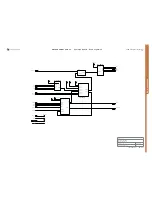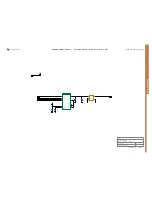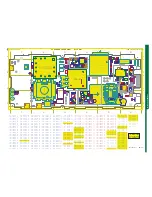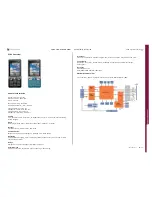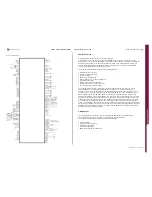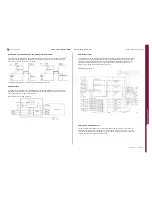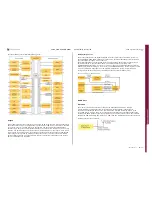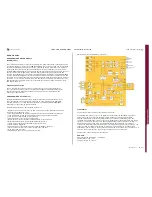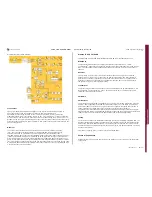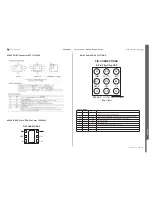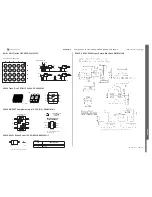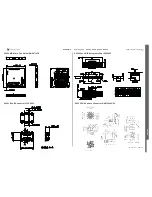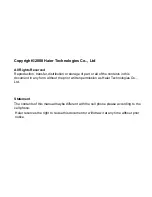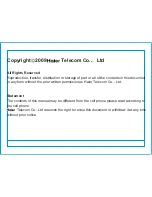
C702
1221-7857 rev. 1
FUNCTIONAL OVERVIEW
FU
N
C
T
IO
N
A
L O
V
E
R
V
IE
W
Technical Description
Functional blocks of the Digital Baseband Controller:
Keypad
The keypad interface block supports up to 30 keys with 65 columns and 6 rows and operates in
both scan and idle mode. The keypad scan is performed by software. Any transition in the state
of the column inputs is written directly to the register. The keypad interface differentiates
between single key presses, simultaneous presses of any keys with a function key, and any key
releases. The period between successive scans is programmable over the range 5 ms to 80 ms,
in 5 ms steps. During scan mode, the keypad generates an interrupt whenever a valid keypad
state change occurs (including a release of any pressed keys). The scan function is disabled
during system power-up. The keypad is able to detect at least four simultaneous key presses.
Not all combinations are supported.
RF System Control
The access subsystem of the digital baseband controller controls the overall radio system. In
both EDGE/GSM/GPRS and WCDMA air interface mode, the digital baseband controller controls
the radio system through a 3-wire serial bus.
The digital baseband controller D2000 (Anja) also manages PA band control and the antenna
switch mechanism in the front end module. The 26 MHz VCXO clock residing in the
GSM/GPRS/EDGE transceiver is turned on only when required. The digital baseband controller
D2000 (Anja) initiates turning on of the clock. The GSM/GPRS/EDGE RF system requires control,
which is temperature dependent. The temperature within the RF system is estimated by a
voltage measurement performed by the analog baseband controller N2000 (Vera).
The control flow for the RF system:
Radio Part
Antenna
The mobile system antenna interface connects the Wideband Code Division Multiple
Access (WCDMA) and Global System for Mobile Communication (GSM) input/output to
the antenna of the Mobile Phone. It is a bi-directional RF interface containing signals in the
range 800 MHz to 2.2 GHz. The mobile system antenna interface is the interface between the
Mobile Phone Radio Frequency (RF) input/output and the mobile system antenna. The interface
handles the GSM 850, EGSM 900, GSM 1800, GSM 1900 and WCDMA Band I, RF inputs/outputs.
Mobile System Antenna Interface:
SEMC Troubleshooting Manual
90
(115)
Summary of Contents for C702
Page 116: ...www s manuals com ...




